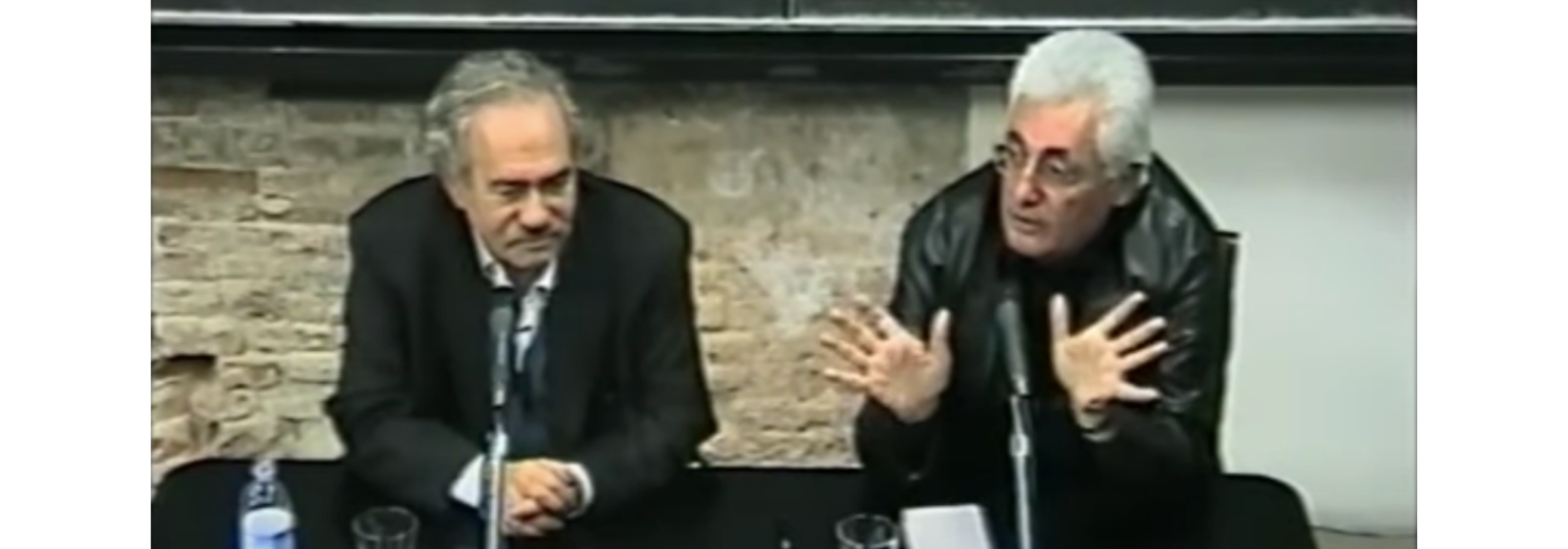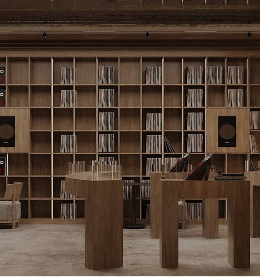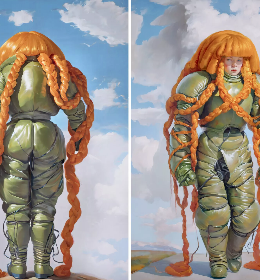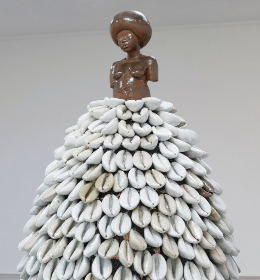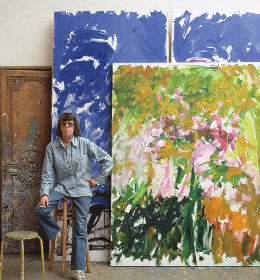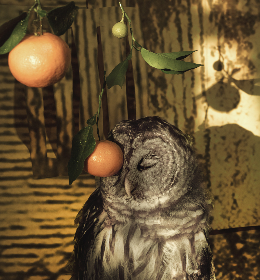Do you consider yourself a member of the Arte Povera movement?
I’ve been there since the first exhibition in 1967 — with Giuseppe Penone, Alighiero Boetti, Luciano Fabro et al — so yes I do, but the artists associated with Arte Povera are all very different. I’ve never laid claim to it. We use shabby materials, we use space, we come out from the canvas — that’s what ties us together.

Untitled, 2011, Ca’ Corner della Regina, Venise.,Photo : Agostino Osio - Alto Piano Courtesy Fondazione Prada
You would define yourself as a painter, but this is not the central medium in your work
Because I am a painter! Painting is a logic, not a “thing”. It all dates back to the Renaissance, to Masaccio, etc. It reflects a logic, a new revolutionary aidea, to which I belong. A dancer is an artist. I am not a dancer.

I belong to the family of painters, and I would consider a poet such as Rimbaud, for example, to be a painter too. Because he has a logic, an idea of the thing, that’s clear! If he only paints through poetry, he has “that thing”, and many authors have this visual logic.
So are there artists who work with painting without being painters?
In the American world of creation, I like Pollock’s generation, but minimalists —although I like the idea — made pieces which fit more into the sphere of architecture than of painting. Minimalism is a style, and I’ve never liked the idea of “style”.
I have nothing against it, but it’s different. There’s a fundamental (and very interesting) difference between American culture and European culture, which is always looking to reinvent itself. European culture is always rooted in humanism.

Jannis Kounellis, Centro Arti Visive Pescheria, Pesaro 2016. Photo: Michele Alberto Sereni.
What is your relationship with the public?
I am also somewhat a man of theatre. The idea isn’t to work with the aim of being liked by the public; that would be populism. All of my first works revolve around an idea of hermeticism, canvases with letters, a form of hermetic poetry.
A painter, poet and musician then?
There is a rhythm in my works, and I sang all of my first. They are like letters, made in the space, but I won’t read you that poetry — I’m selfish. I’m keeping it for myself.
How would you describe the evolution of your work over the years?
Everything is cyclical, so… you do it, you come back to it… not because of a formal attraction, but because you are destined to come back to it.
A sort of revolution?
I’m not a conservative, and there’s no evolution, there’s a revolution! Revolution looks back at the past, it isn’t an evolution that indicates development.

Untitled, 2006, Ca’ Corner della Regina, Venise.
The modern style attacks the past, while modernism remains more superficial, on the surface. I am a modern, not an evolutionist, artist.
Evolution leads inevitably to consumerism, to the consciousness of the market’s demands. Whilst this market still exists, our focus is not upon selling. We sell, we have always sold… but working specifically to sell, that’s perverse.
Grazie to Marta Dell’Aquila for the re-transcription!




